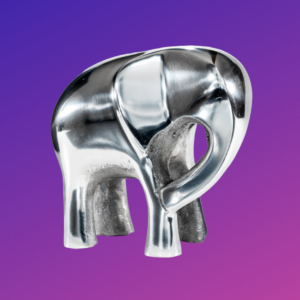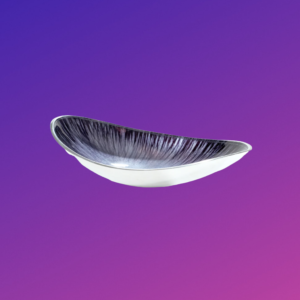
Designer – Anton Michelsen
Anton Michelsen (1809–1877) was born 1809 in Copenhagen. His family, which can be traced back to the 17th century, had for generations been metalsmiths. He completed a goldsmith’s apprenticeship in Odense in 1839 before moving to Copenhagen where he continued his training in Dyrkoph’s and court goldsmith J.B. Dalhoff’s workshops. He also attended the Royal Danish Academy of Fine Arts where he was influenced by Gustav Friedrich Hetsch. In 1836, he went on a long journey abroad, working in some of the leading goldsmithies in Germany and Paris. He established his own goldsmithy in Gothersgade in Copenhagen when he returned to Denmark in 1841. He immediately won the attention of the royal family. Christian VIII charged him with executing all Danish orders with title of royal court and order jeweller (kgl. hof- og ordensjuvelerer). Michelsen was the only Danish goldsmith who was represented at the Exposition Universelle in Paris in 1855.
Carl Michelsen
Michelsen’s son Carl Michelsen (1853–1921), a jurist and merchant, continued the company when his father died in 1877. He collaborated with artists such as Arnold Krog, Harald Slott-Møller, Hans Tegner, Martin Nyrop and especially Thorvald Bindesbøll. Carl Michelsen for a while served as president of Industriforeningen and was the first chairman of the Museum of Arts and Crafts. His son, Poul Ulrich Michelsen (1881–1957), joined the company as a partner in 1914. He had received a commercial education in Landmandsbanken and continued the company alone when his father died in 1921. The artists that he collaborated with included Svend Hammershøi, Ib Lunding, Olaf Stæhr-Nielsen, Palle Suenson and Arne Bang. The most important works from the period were created in the years after 1925 to design by professor Kay Fisker. Later collaborators included Ole Hagen, Erik Herløw and Edvard Kindt-Larsen.
In 1985, A. Michelsen was merged with the Royal Porcelain Factory, Holmegaard Glasværk and Georg Jensen under the name Royal Copenhagen.


















